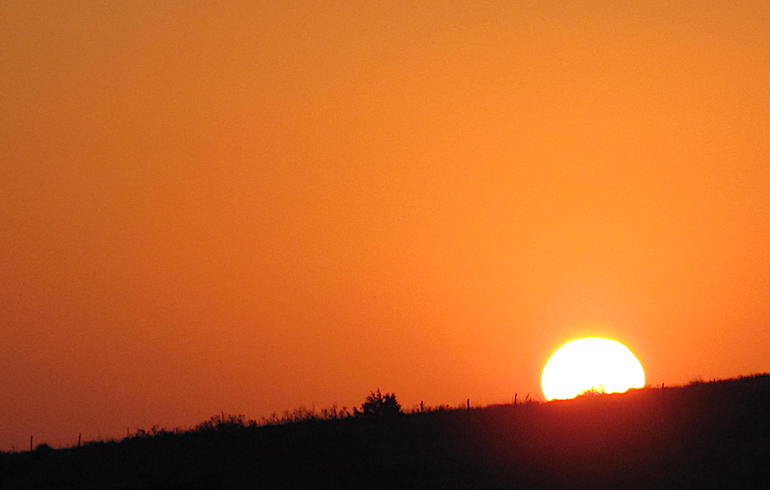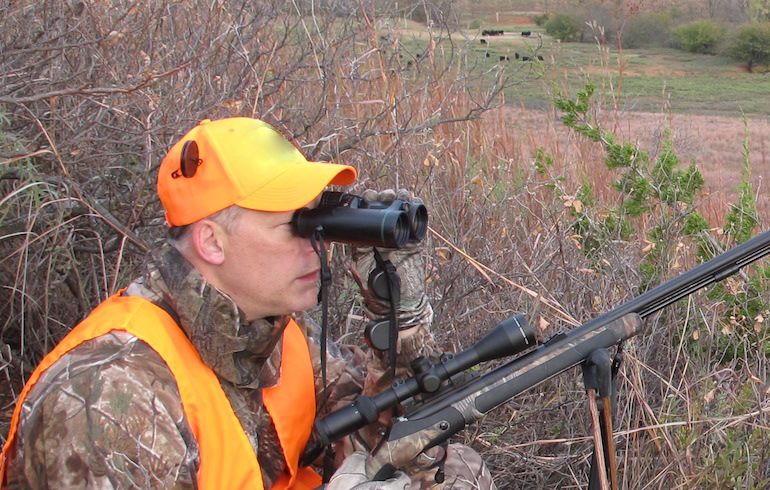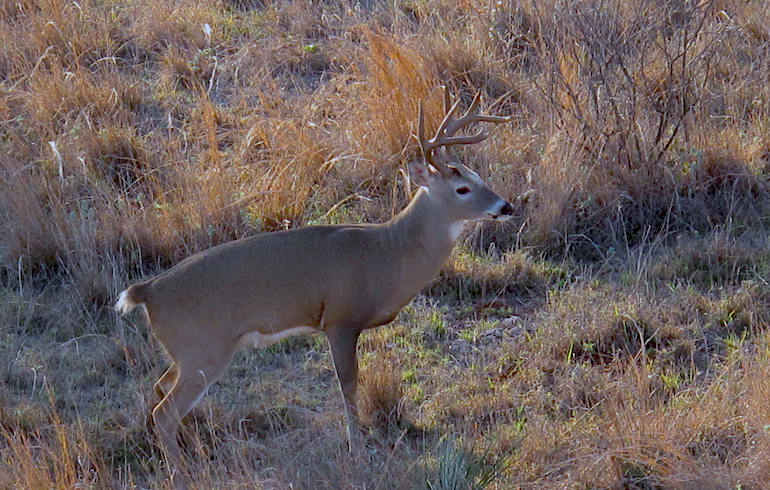Tips for Shooting in Low-Light Conditions – Part II
Good optics are critical before the sun rises or as it is setting and when a trophy buck is most likely to move. Try these tips to improve your low light glassing.
Big on Optics: Quality optics, both in the form of binoculars and a scope, are your best friends in low light scenarios. A good pair of binos in the 8x to 10x range, but with a larger objective, can help gather more light and make creatures almost invisible to the naked eye easily identifiable in low light.

Even where the magnification isn’t necessary, the larger objectives help gather more light to make a buck more easily visible. Same goes for your rifle scope. If you plan to hunt the final minutes of shooting light, don’t scrimp on small objectives on your scope or waste time with a pair of compact binos.

Focus on Contrasts: Ok, we’re not talking about light contrasts here, but contrasts in terrain. Patches of snow, light colored broomstraw or reeds amidst darker trees and shadows, the reflective water of a stream; all of these will help silhouette deer as they move in front of them providing for more positive sighting and judging. Once you spot them moving in front of these lighter areas, use your binoculars to size them up even better and confirm if it is a shooter buck or just a freezer-worthy doe. Then transition to your rifle scope.
Go Low: If using lit reticles on a rifle scope, be sure to set it on its lowest setting as it gets dark. Even the bright glow of a red or green reticle can totally block the ability to see game through the lenses as it gets to be low light. That low setting can be critical for a shot in the final seconds of shooting light as a blackened reticle blends in with the darker body of game and precise shot placement can seldom be ethically placed. It’s the shooting equivalent of a hail Mary in football shooting at dusk with an unlit reticle and ethics demand you wait for another day.

Judge with Caution: The contrast of bright white antlers in low light makes the tines stand out and appear bigger, especially if the buck is walking away from you. (Antlers always look bigger when the deer is walking away from you!) If you’re hunting for a trophy or somewhere minimum antler sizes are enforced, you need to be cautious when deciding a buck is a shooter or not at dawn or dusk. The lack of light makes it hard to distinguish the details of the rack and combined with the bigger impression it makes in the dark, can mean he is actually smaller than you think.
Follow Winchester’s social media channels for more hunting and shooting tips and updates on Winchester supported events and promotions on Facebook, YouTube, Instagram and Twitter.




